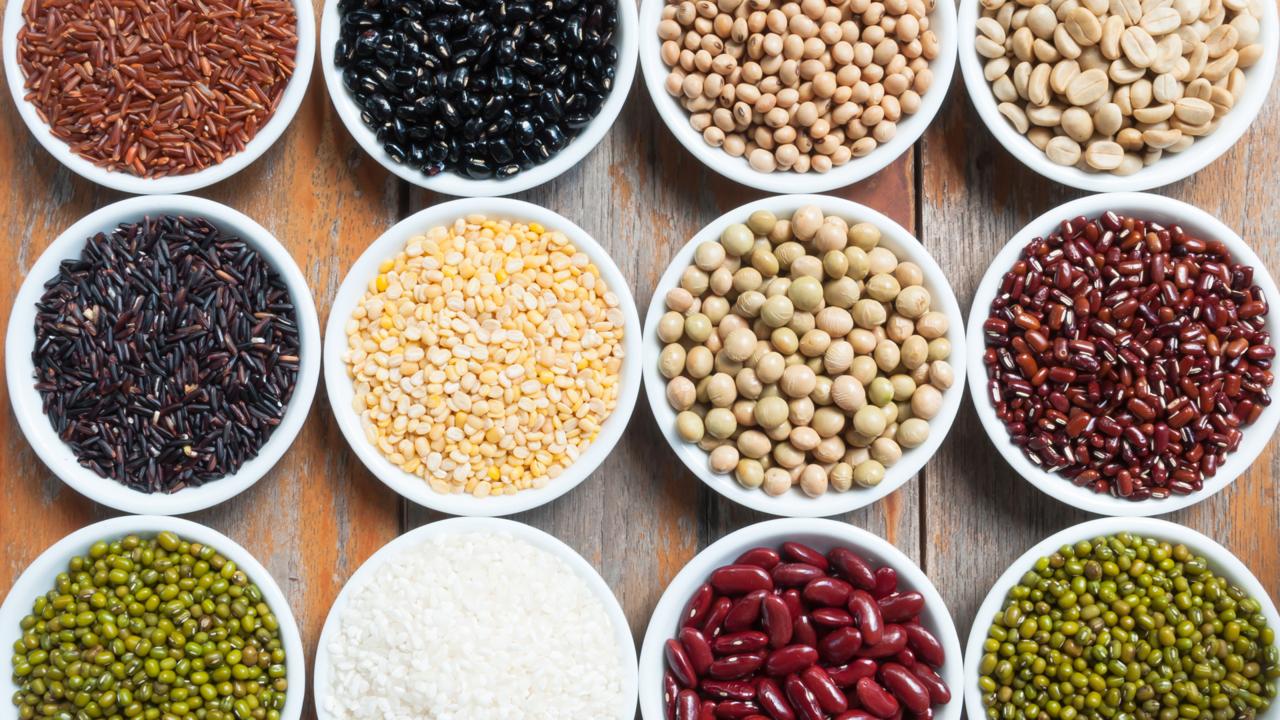Among children and adults alike, fiber is one of the most often macronutrients in the diet. When considering macronutrients, most people focus on carbohydrates, protein, and fat. Fiber, though, plays a vital role in gut health, stool patterns, weight management and satiety.
What is fiber?
“Dietary fiber is the edible parts of plants or analogous carbohydrates that are resistant to digestion and absorption in the human small intestine with complete or partial fermentation in the large intestine. Dietary fiber includes polysaccharides, oligosaccharides, lignin and associated plant substances. Dietary fibers promote beneficial physiological effects including laxation, and/or blood cholesterol attenuation, and/or blood glucose attenuation.” 1
Simply put, fiber can be found in fruits, vegetables, and whole grains. Fiber helps us feel full longer, helps keep our bowels moving and clean, and helps with weight loss or weight maintenance. Think of it as the broom or squeegee that brushes up against our stomach and intestines as it moves through our gastrointestinal tracts. When it rubs against our lining, it takes “gunk” along with it and our bodies eliminate it. This is how our intestines stay healthy and clean.
How fiber helps our bodies
Fiber is also clunky and large. It takes up a lot of space in our stomachs, which makes us feel full. It also exits our stomach much slower than its macronutrient counterpart, carbohydrate. Those two characteristics (large and slow exit) are what help us feel full much longer than if we ate a meal composed of simple carbohydrates (such as white bread or white rice).
How to eat more fiber
Grains can be an excellent source of fiber depending on their form. Grains, in their natural form, are whole grain. They are composed of the bran, endosperm and the germ. Examples of easy to find whole grains are quinoa, steel cut oatmeal, brown rice and whole rye. Consuming these will help us reach our difficult-to-achieve daily fiber goal.
However, when these whole grains are processed, it is difficult to tell how much of their fiber and other nutrients have stayed intact. Reading labels is always tricky and can be misleading. Something labeled “made from whole grain” can mean 5% of it contains whole grain, or 95% of it. This can make grocery shopping very frustrating.
Keep these tips in mind
- Try to find items where “whole grain” is the first ingredient and made with as few ingredients as possible.
- If a whole grain is the first ingredient, but the next whole grain ingredient is 10 ingredients down the list, the item may not be a good choice.
- Eat your fruits, vegetables, and whole grain, and eat lots of them!


